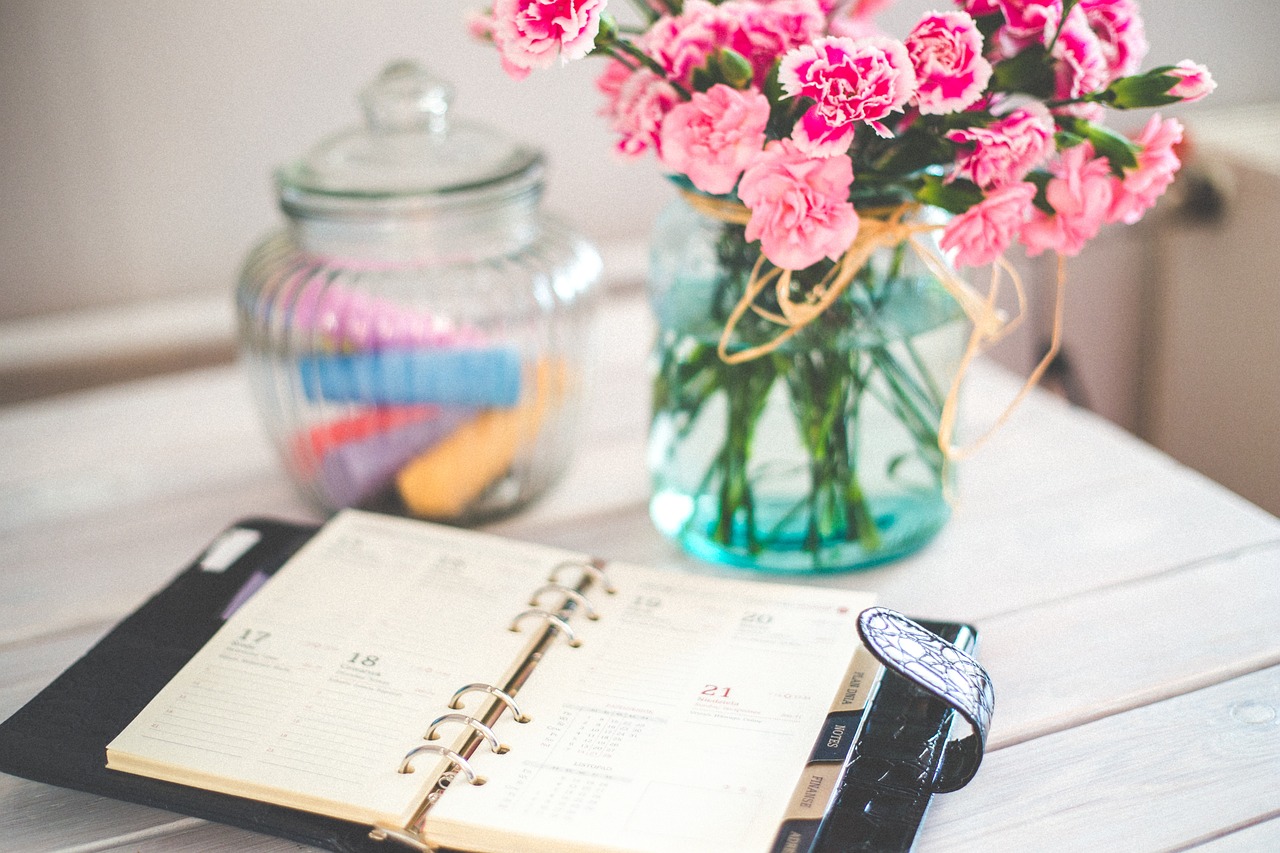
24 Apr Benefits of Using a Planner
Welcome to the Castle!
To quote a character in one of my favorite old TV series, Quantum Leap, sometimes my brain is a little “Swiss cheesed”. Often in a fibro-fog, I easily forget the most basic tasks on my to-do list. If it’s not something to be done every day, as in it’s a habit, chances are I will forget it.
A daily planner to the rescue!
And I don’t mean a little checkbook sized planner!
I mean a Honking Big Paper Planner with large spaces to write down everything that I might possibly need to remember.
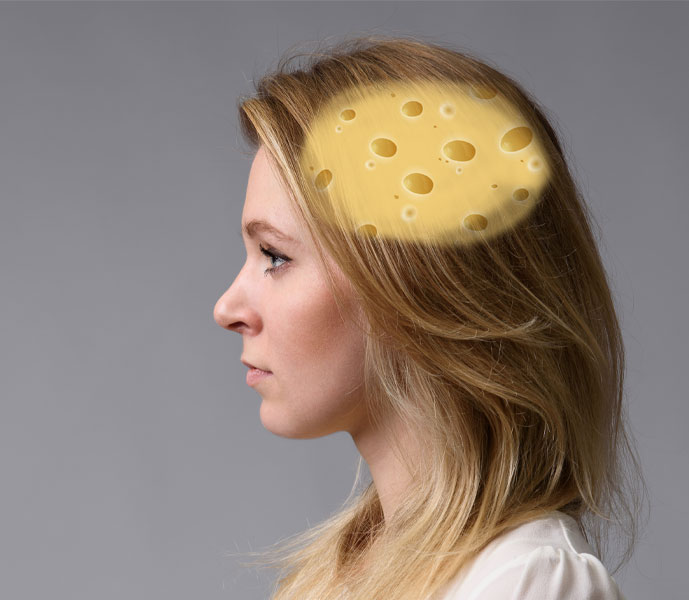
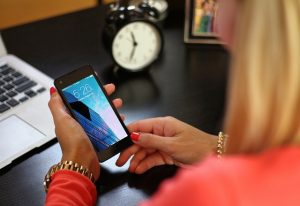
Now, I know that many people use their smart phones as a planner. And if that works for you, then feel free to skip the rest of this article.
But, if not, then read on!
I actually do use my phone calendar to help me remember important appointments. For example, if I know I will be out of town for a few days, that definitely goes on the phone. I also use the reminder feature for critical tasks. Doctor’s appointments, lunch dates and special events are easily tracked on your phone, and reminders can be set. Birthdays and anniversaries can be set up as recurring events, which is handy.
But, what I want to discuss today are the benefits of using a paper planner.
I started using a paper planner over three decades ago. Back in the days before fibromyalgia, a small checkbook sized planner that easily slipped into my purse was all I needed. It was compact and handy to get to. That’s what my phone does for me now.
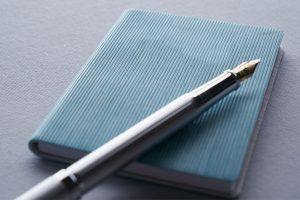
Why a paper planner?
If I write something down, my ability to remember goes up in proportion to the number of times I’ve written it. Maybe that why I had to write “I will not talk in class” so many times in grade school!
The most important reason to use a planner is that it takes away the need to carry the tasks around in my head. It reduces my stress level because I know if I can just remember to look at the planner, I won’t forget the items on the to-do list. No more need to keep repeating to myself over and over what’s coming up or absolutely must be done. That frees up the mind for other ideas, like being creative, or just relaxing.
So, the only thing I really have to remember is to look at the planner each day.

I use my planner to track almost everything. Doctor appointments, upcoming vacations, birthdays, grocery lists, work tasks…the list is almost endless. Often these important events are on the paper planner and the phone. Remember what I said about repetition of writing it multiple times?
And when the fibro is really bad, I write down even the simple things that I might forget. I have been known to add things like cook dinner, wash clothes, or change the sheets.
It pays to be detailed here. If you make a payment on a certain day of the month, make sure to remind yourself that it’s coming up, and then you might ask yourself on the due date if you took care of it. For me, it brings a lot of satisfaction to either scratch off a completed item or just put a great big check mark beside it. Then I can put it out of my head.
There are several things that always go in the planner.
-
- Bills to pay with due dates
- Check all email accounts
- Get the tax info to the accountant
- Schedule checkups and veterinary appointments
- Birthdays and anniversaries
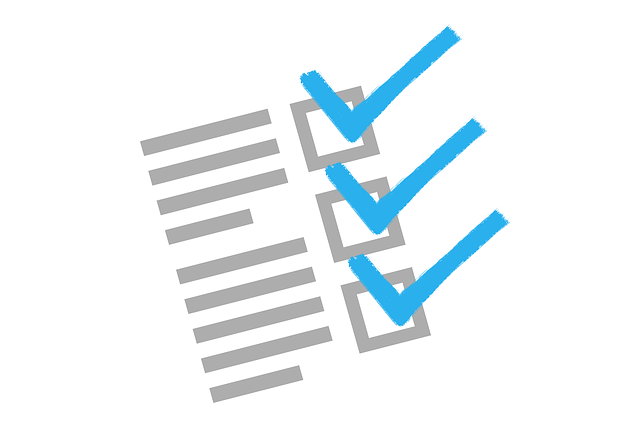
Of course, there are many more items, and you will have different tasks. In fact, I have a complete list at the end of my planner to add to next year’s planner. It can be edited from year to year, but I can rest assured that I won’t forget to work them into the next planner.
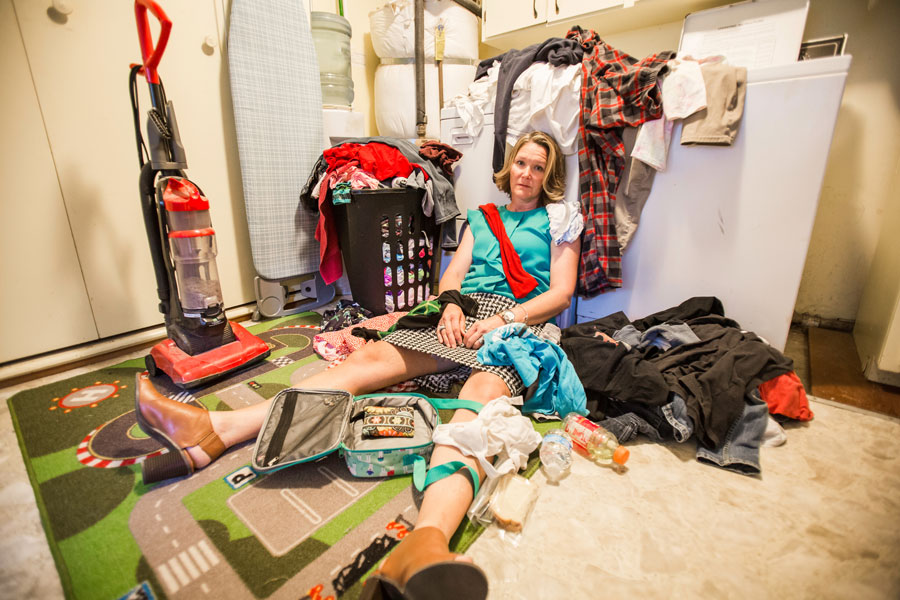
Don’t get overwhelmed
One advantage of being detailed with my daily to-do list is that I can see when my day is getting too full. As I’ve mentioned before, pacing is critical with fibro. When I notice that a day has more tasks than are good for me, I look for items that can be shifted to another day.
Did I mention to use a pencil or a pen with erasable ink?
Personally, I like to use FriXion pens by Pilot. They write and erase easily. One thing to remember though, heat will make the ink disappear. So, if you think you might have to leave your planner in a hot car, then FriXion pens might not be your best option. But a good old-fashioned pencil works really well.
Another advantage of having a lot of detail in the planner is it helps with my motivation on those days when I really don’t feel like doing anything. If I have a list of simple chores to achieve, broken down into small steps, then I can pick the easiest one first. Once I’ve accomplished something productive, it’s easier to move on to the next simplest thing. Eventually, I check off most of the things I’ve scheduled. If not, then those items get moved to the next day. Did I mention to use a pencil or a pen with erasable ink?
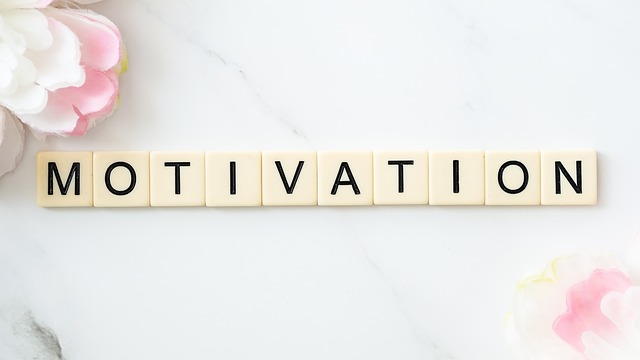
Goal setting
What about goals? Do you have something you’ve always wanted to try, but don’t think you can handle it right now? Write it down on a piece of paper and stick it in the planner. Then break that goal into the smallest steps you possibly can. Try to focus on one small step at a time, breaking it down into even smaller steps if possible. You don’t have to have a date of completion set, but if you stick with taking those baby steps, slowly but surely you will be moving closer to achieving that goal.
Keep a list of projects and goals. I keep a running list of things I want to do, projects I need to complete and goals I want to achieve. I usually put the list right behind the weekly spread, so as I turn to the next week, I am reminded of things I really want to get to. Every so often, take a few moments to update the list, or even to make a new one if you complete a lot of the tasks or reach several goals.
Make it yours
This planner is for YOU, nobody else. This is your chance to put your “brain on paper”. I try not to put many things into my planner that don’t specifically apply to me. Occasionally, if my husband has a big trip coming up, I add that even though I’m not planning to go. Then I can remember that I must take care of his chores as well as mine while he’s out of town.
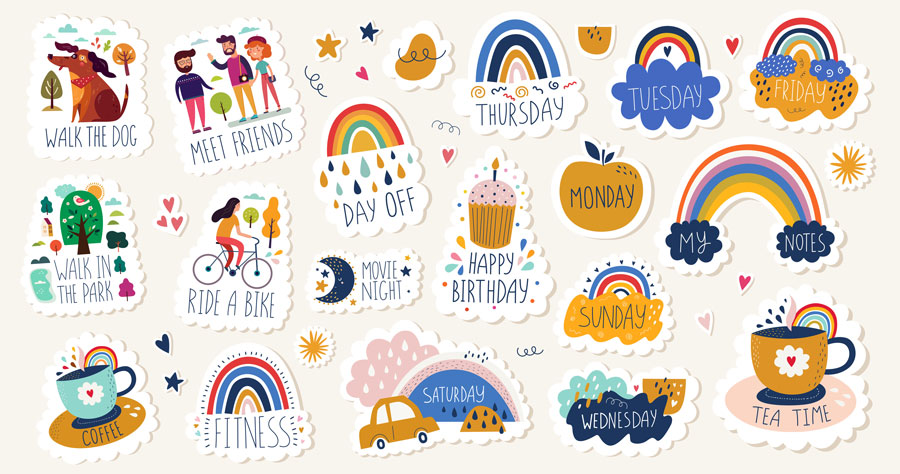
If you like to have a lot of decorations, spend some time doodling illustrations or buy some stickers and washi tape. My personal planner spreads a week across the two open pages. Because I own my small business, I divide the page with washi tape into sections, with 1/3 for business tasks, 1/3 for household tasks like laundry or backing up the computer, and 1/3 for weekly and annual items like birthdays and anniversaries, reminders to pay bills or credit cards, etc. If an item is super important, I put a box around it and point arrows at it, just to make sure I notice it. If I could put a neon flashing light on it, I would!
Check it every day!
If you have a detailed plan, but you never look at it, then what’s the point? You still end up trying to carry around a list in your head, and you’ve wasted all the time you took to write down the tasks you need to do.
I leave my planner open on my desk so that it’s the first thing I see when I enter my office. Of course I work from home, so that makes it easier. If you work outside the home, then I suggest you keep a separate planner at work. Sometimes you have to write things down twice, but it’s still the same principle to keep a work planner. Put everything in it that you might possibly have to do.
What kinds of planners work best?
That really depends on you.
I’ve used many different types of planners over the years, beginning with those checkbook-sized ones.
When I worked in an office, before fibro, I kept a large desk calendar on my work surface, and it was enough to keep me on track. As I was given more responsibilities, I found that the desktop calendar just didn’t have enough room to write all the tasks I needed to complete. That’s when I started keeping a spiral notebook for all the ideas and to-do lists.
Then I was introduced to a Tickler file, and my life was changed! A Tickler file allows you to track tasks by the month or by the day. I kept a note sheet for every task. If I didn’t get to all the tasks by the end of the day, the paper was shifted to the next day. Each month the first task was to spread out the monthly items to the day they needed to be accomplished. Worked like a charm except for one thing: If you ever dropped the file off the desk, papers went EVERYWHERE and you had to refile all the tasks. That was a real pain in the…well, you know. There was one other problem relating to the same circumstance: I couldn’t carry the Tickler file with me when I had to travel for business. It was impossible to keep the papers in place while on the road. If the papers were spilled, it defeated the whole purpose.
Finally I discovered the Big Happy Planner system. For me, it finally checked all the boxes. The planner pages are attached to a series of special rings and can be easily removed and repositioned. I even bought a special hole-punch and a few transparent pocket sheets to round out the regular calendar pages. This allows me to insert extra lists, printables, flyers, invitations or other items into the planner. All kinds of accessories are available to purchase, but you really don’t need them.


So, what if you don’t want to spend a lot of money on a special planner?
Make your own with some regular notebook or typing paper and a three-ringed binder. Many websites offer free printable resources, or you can make your own pages, much like a bullet journal. When the budget has been tight, a homemade planner worked just as well as a fancy store-bought one.
YOU MUST LOOK AT IT EVERY DAY!
I can’t stress that enough. Too many people start off with big ideas, but then get discouraged that it didn’t work for them because they didn’t check it regularly.
Yes, it takes a lot of time to add things to the planner. But the results are worth it! I may write a weekly task down 52 times, but I won’t forget to do it if I’m checking the planner. If I’m diligent about using the planner, I don’t forget to pay bills anymore. The reminders are written down with plenty of time to be handled before they are due.
For me, setting up the planner has become part of my New Year’s routine. In fact, I usually start working on the next year’s planner sometime in late summer or early fall. But, by the time New Year’s rolls around, I’m well on my way to having my plans made. And last year’s planner is an invaluable resource to help me remember what needs to go on the next one. And, it’s almost like keeping a diary if you need to look back to find when you took care of something.
Then I take a few minutes each week to think about whether something new needs to be added.
And, of course, if you learn about a new task, stop and add it to the planner right then!
If you haven’t gotten the idea yet, I REALLY recommend using a planner. It’s such a great tool for helping me manage my life, I don’t think I could ever stop using one.
Below are some resources that might help you to get started:
-
- The Scattered Squirrel – Free printable planners for almost any style.
-
- Printable Planners – Mostly free printable planners
-
- The Smead Tickler File and The Amazon Basics Daily-Monthly Sorter – Ready-made Tickler files
-
- The Big Happy Planner – A little pricey, but loads of styles to choose from and fun accessories. I like the ability to move pages around and the quality is excellent. This is my personal favorite.
-
- Erin Condren Planners – These planners have an excellent reputation, though I haven’t tried them myself. There is no ability to rearrange pages.
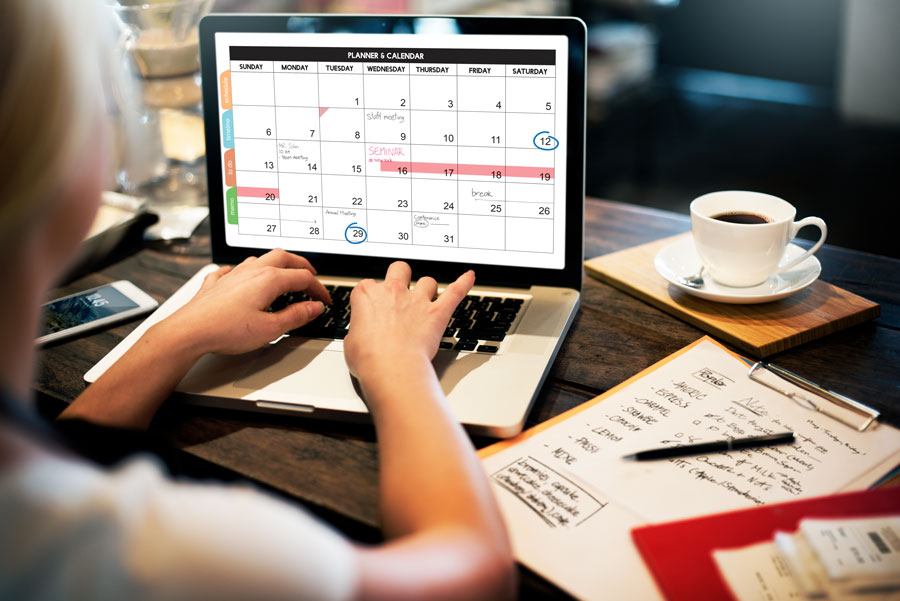
If You Like to Keep It Green
Finally, many people like to use a digital planner to track their activities. I tried this method, but found that it wasn’t as effective for me as a paper planner. If it works for you, then it may be the easiest of all to implement.
If you think a digital planner will work for you, I invite you to check out this quick review of some of the most popular digital calendars.
Or, try out a Google calendar for awhile. This calendar allows you to give access to multiple people, so it would be an excellent option for a family to keep track of all their scheduled activities. I used this quite effectively in the past to share with co-workers who worked from different locations. You can also create more than one calendar. So, if you don’t want anyone else to see one of your calendars, it’s easy to limit access. You can access the calendar from any location that has an Internet connection. And, it’s FREE! You must have a Google account to use it.
All of the tips for paper planners can be applied to a digital one, if you just make up your mind to use it every day.
For more ideas to help you live with fibro, I invite you to read Simple (and Mostly Free) Strategies for When You Feel Overwhelmed, Giving Up on Perfectionism, and Top 10 Strategies for When You are Having a Fibro Flare.
And if you have an idea or a suggestion that I haven’t covered, please add it to the comments below. Together we can help each other uncover our best selves!
Until next time, here’s another virtual hug for you! If you are interested in being notified about new posts, I encourage you to join our subscriber list, too.
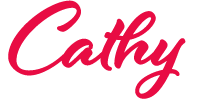





No Comments